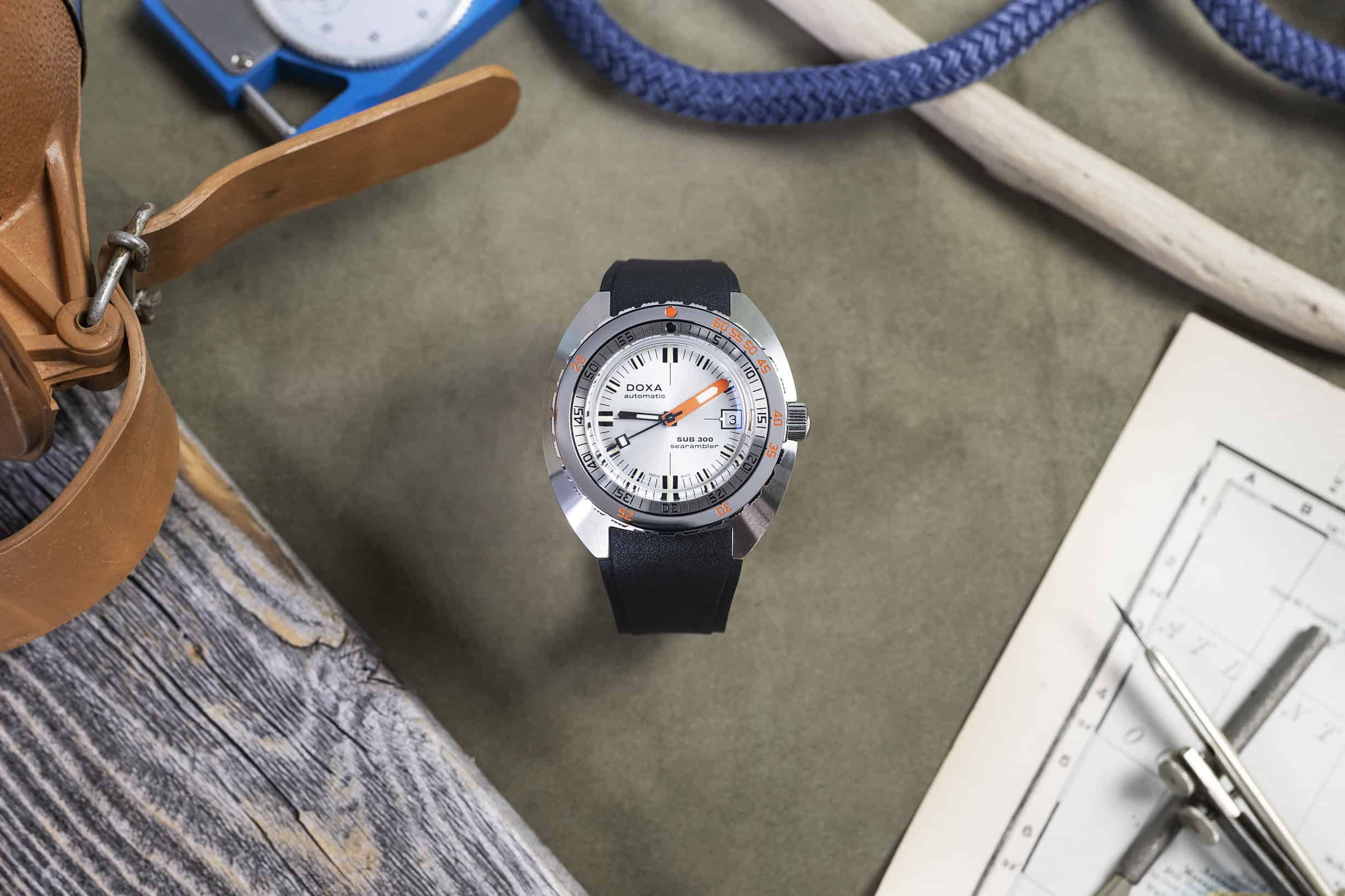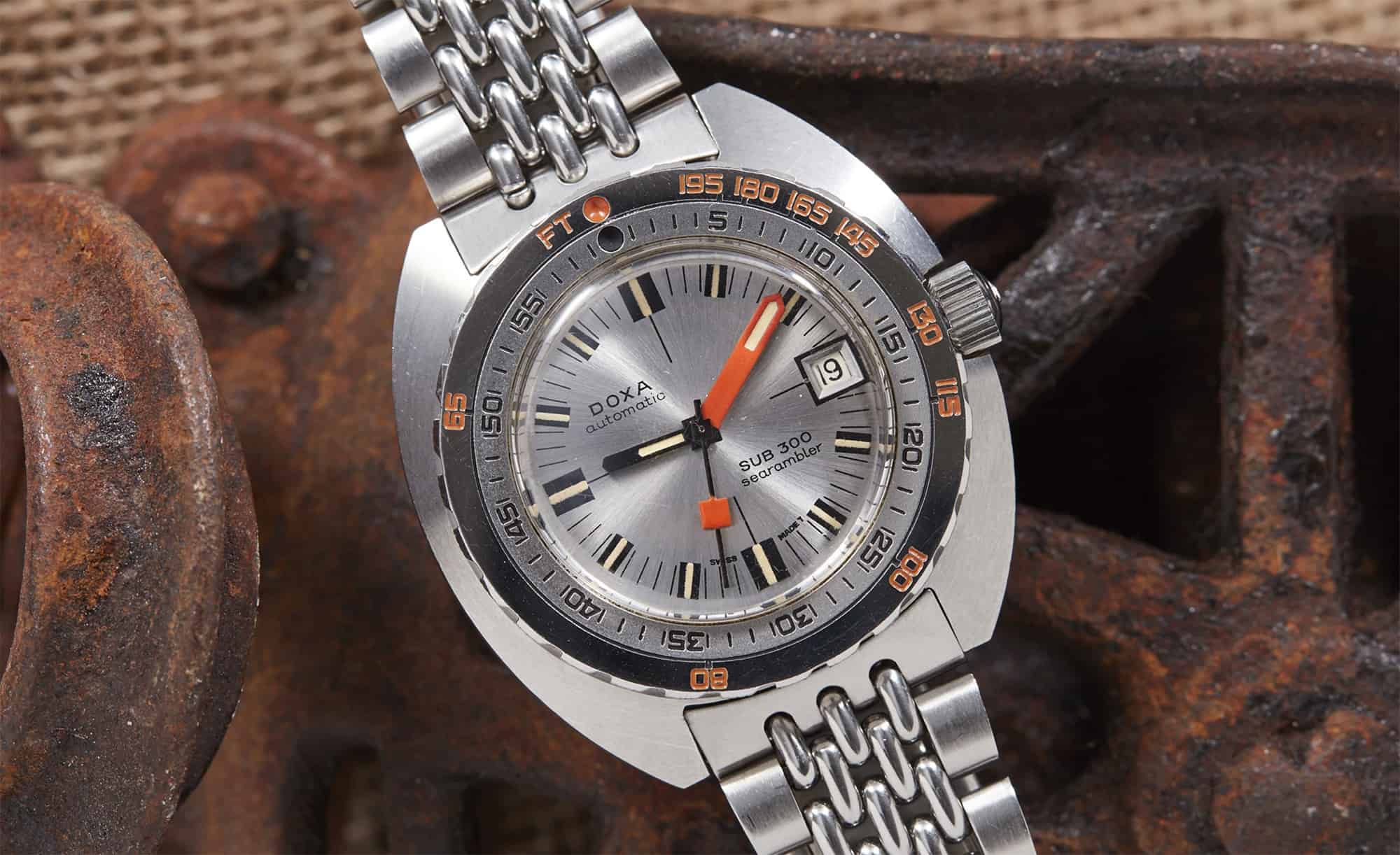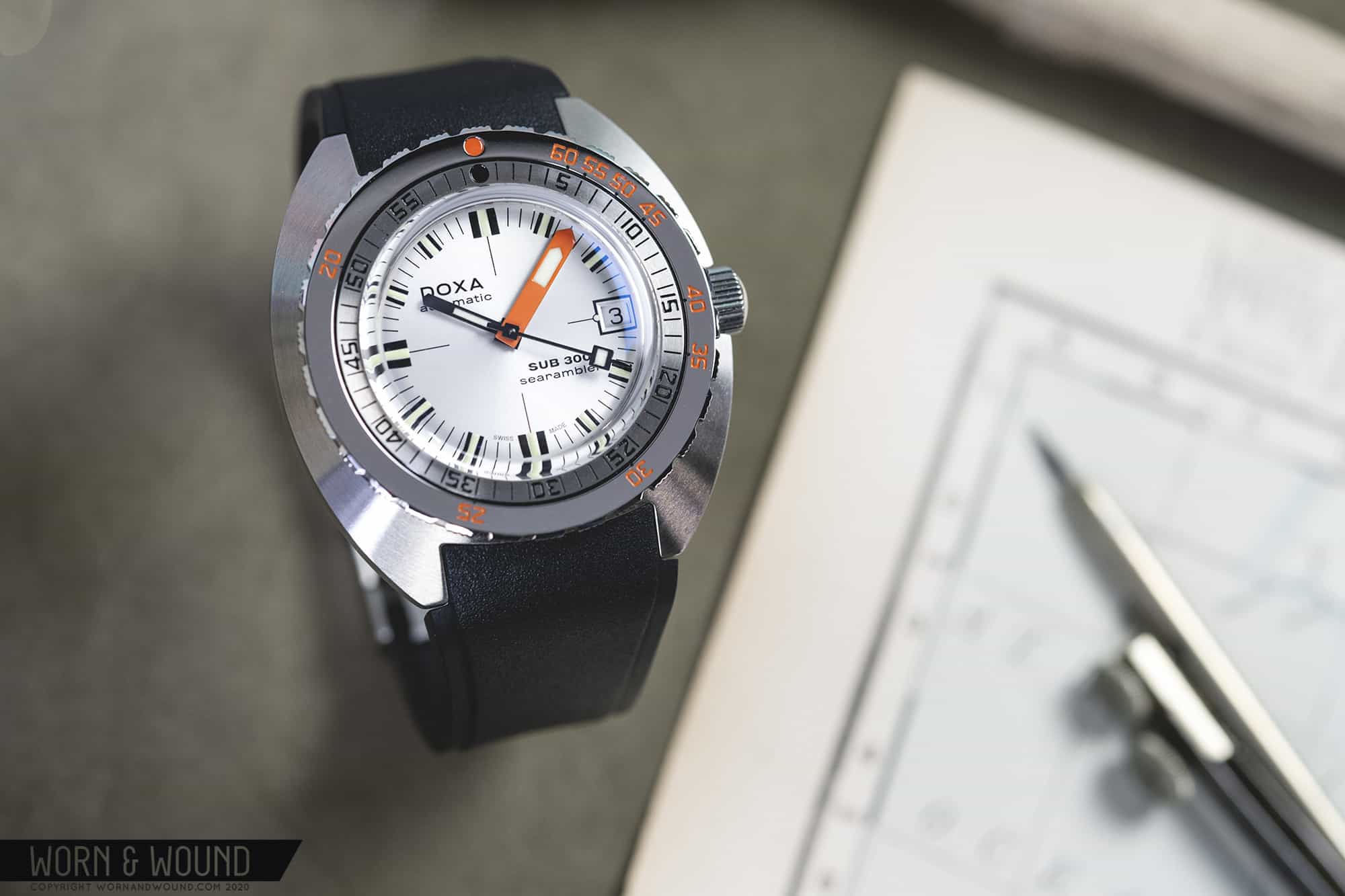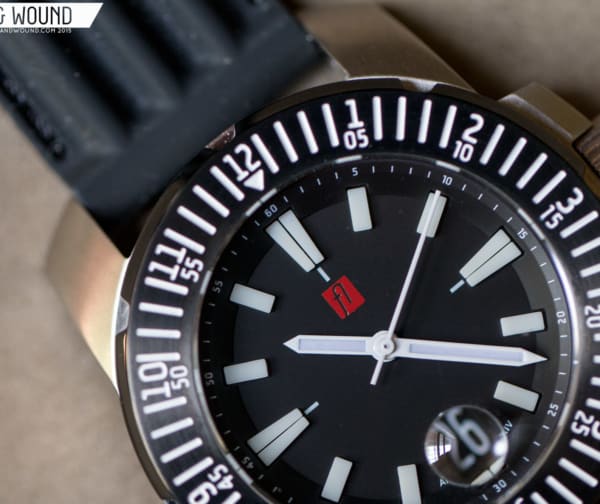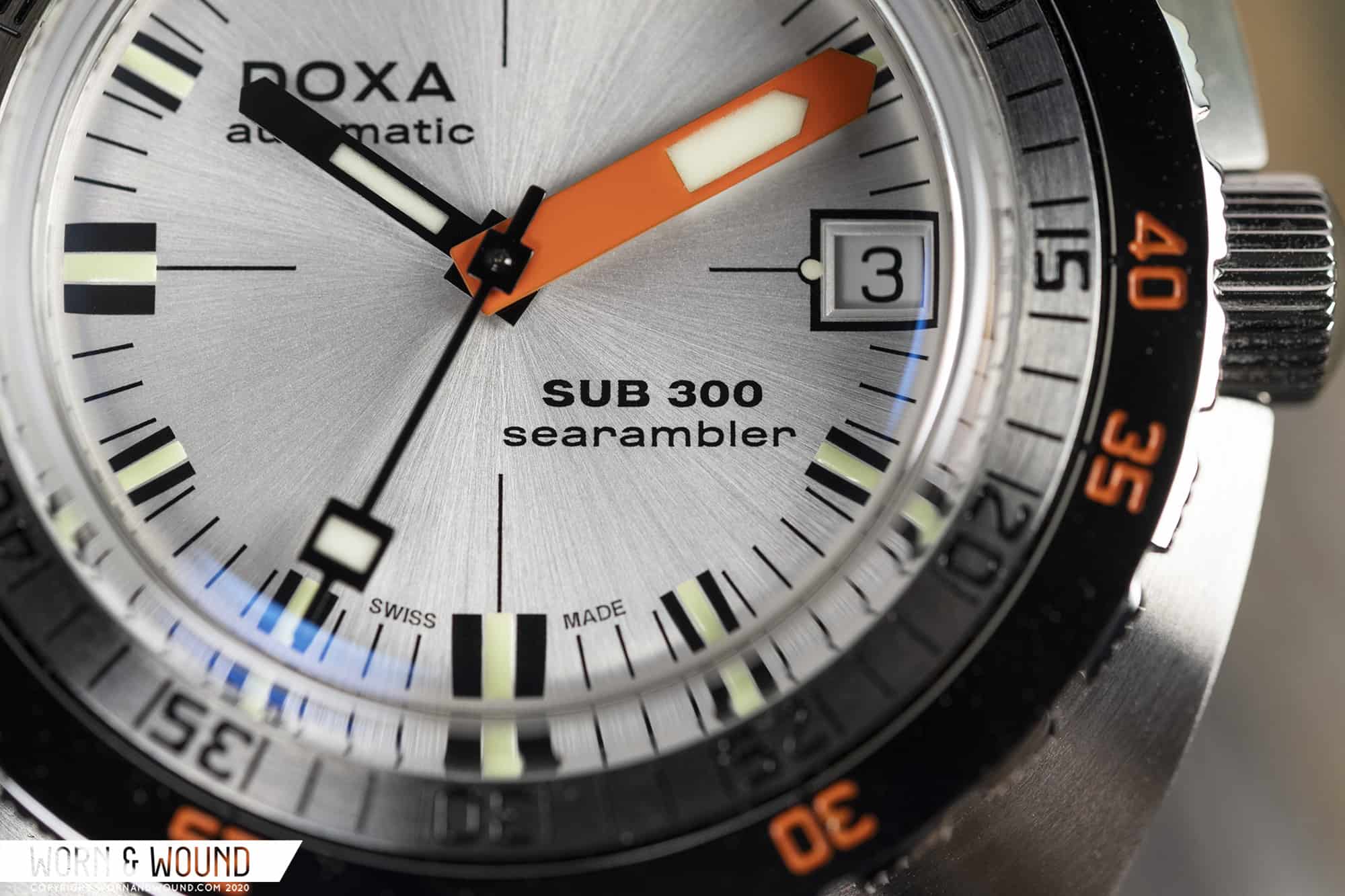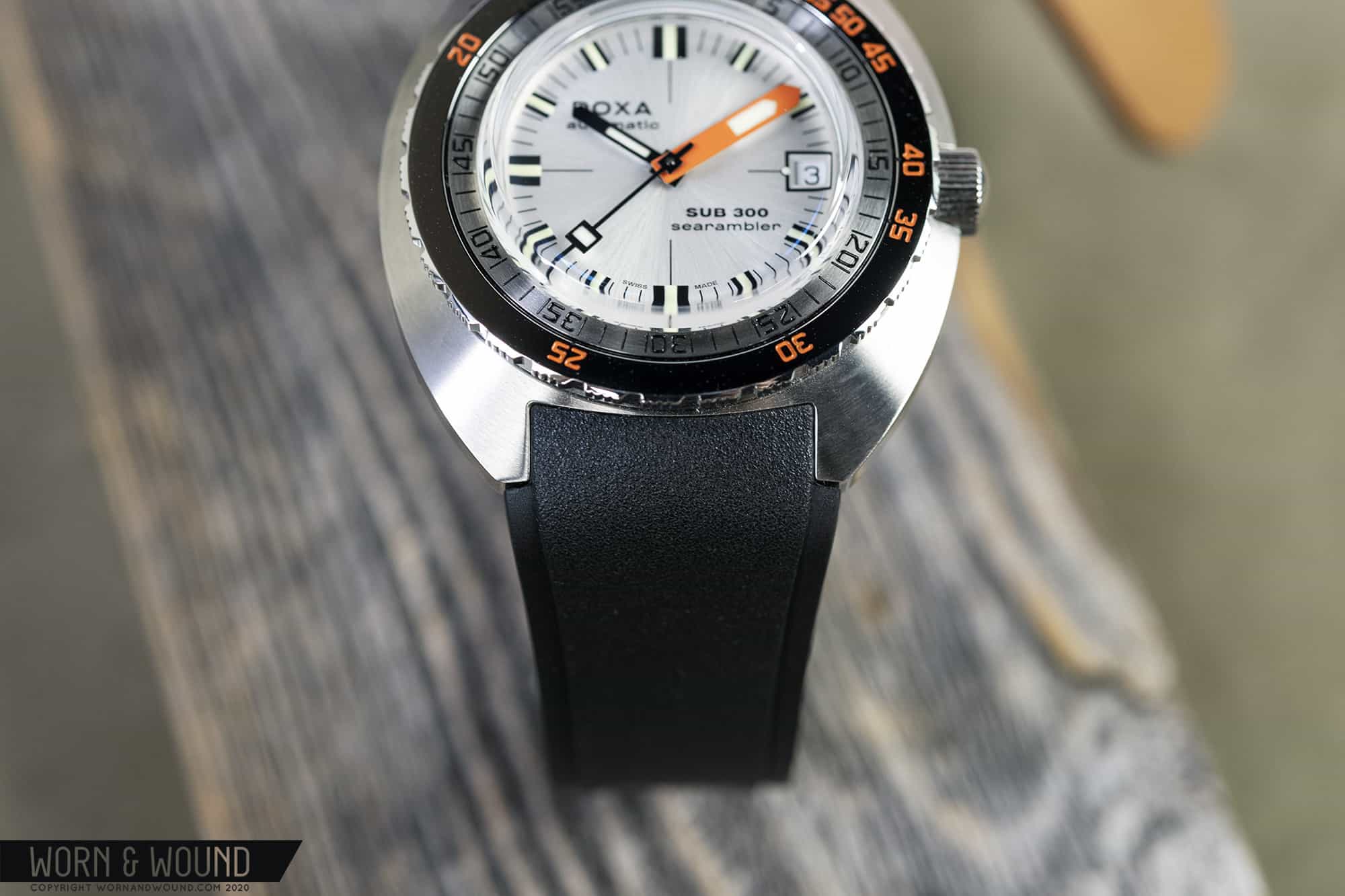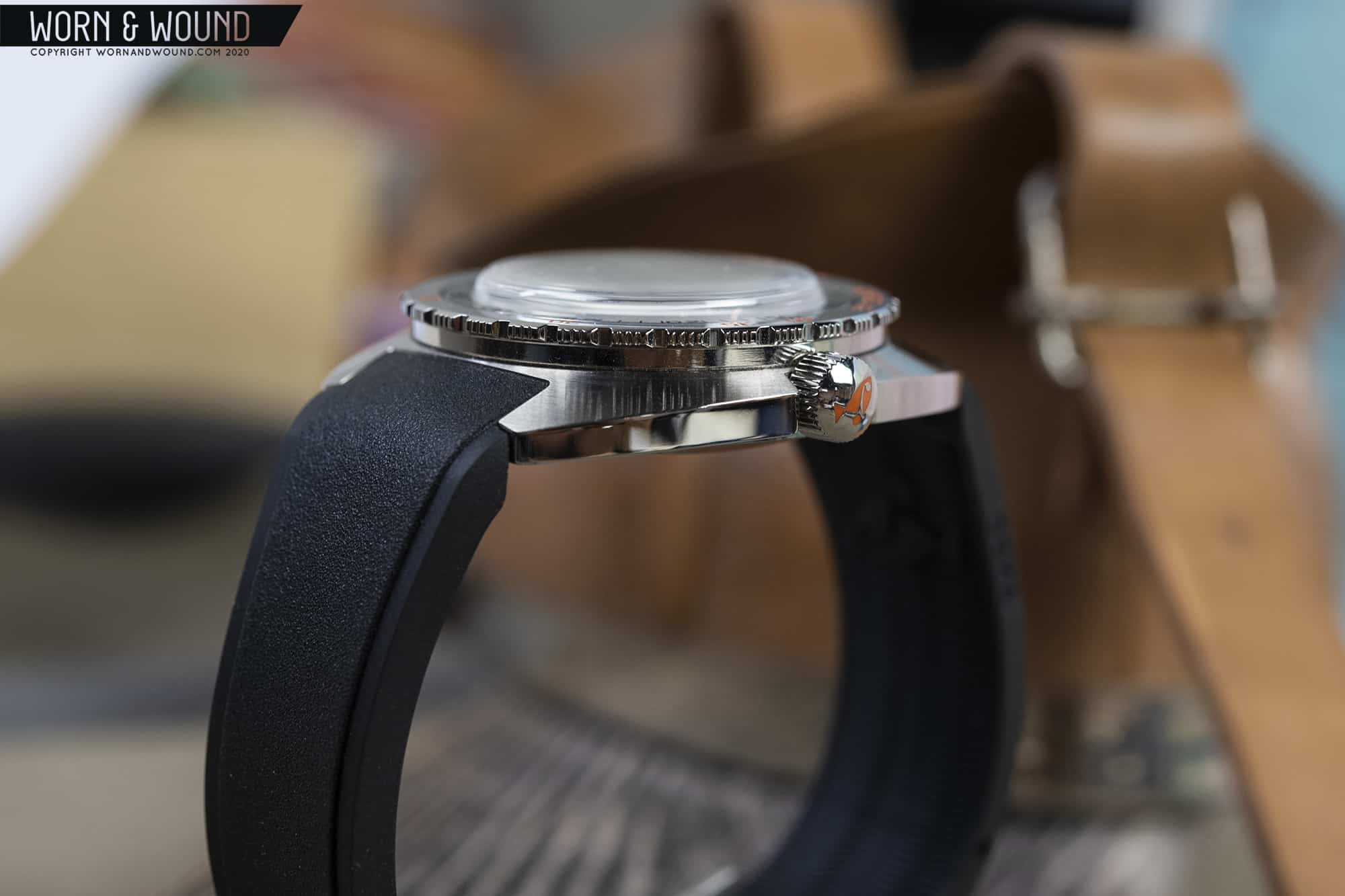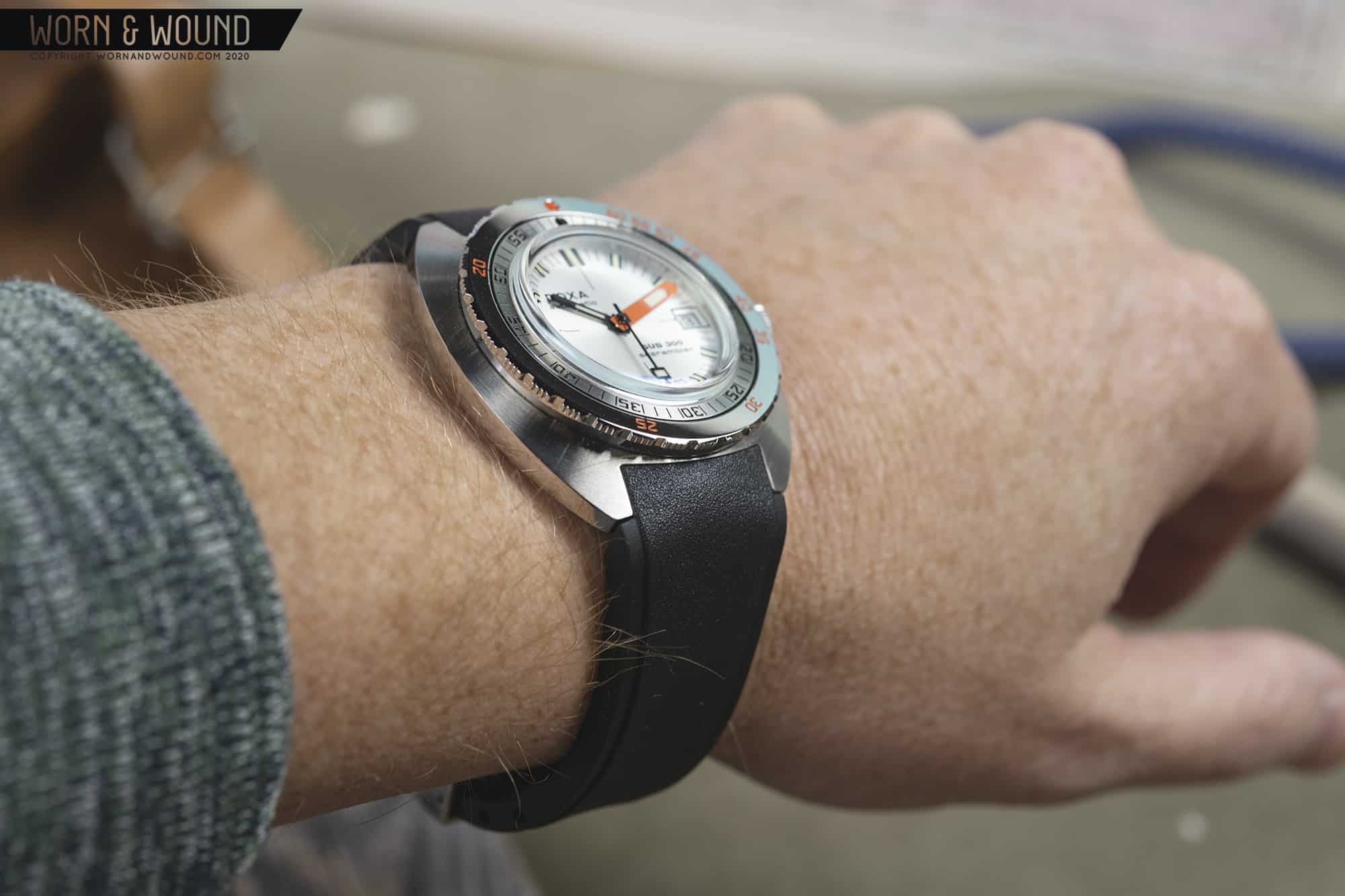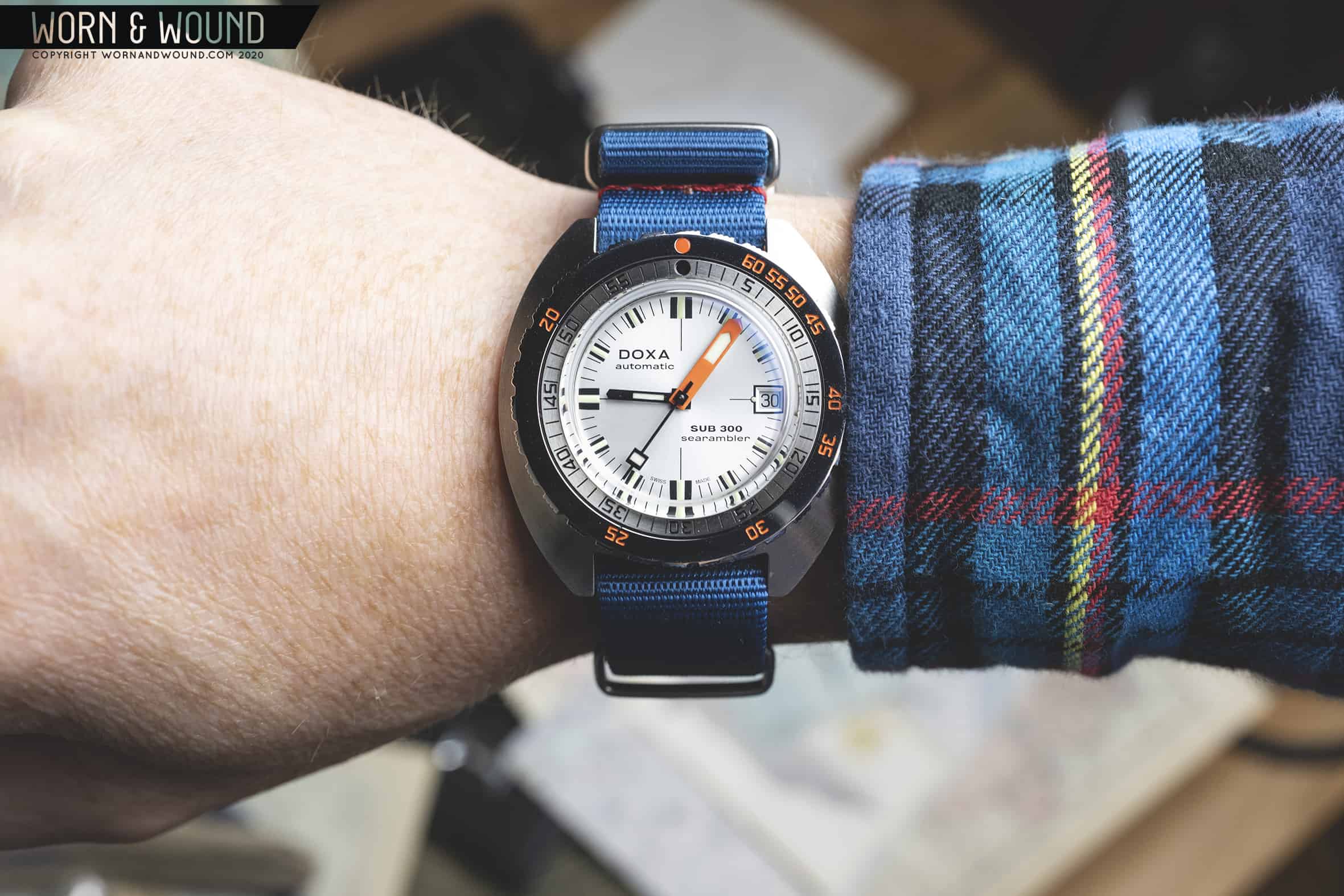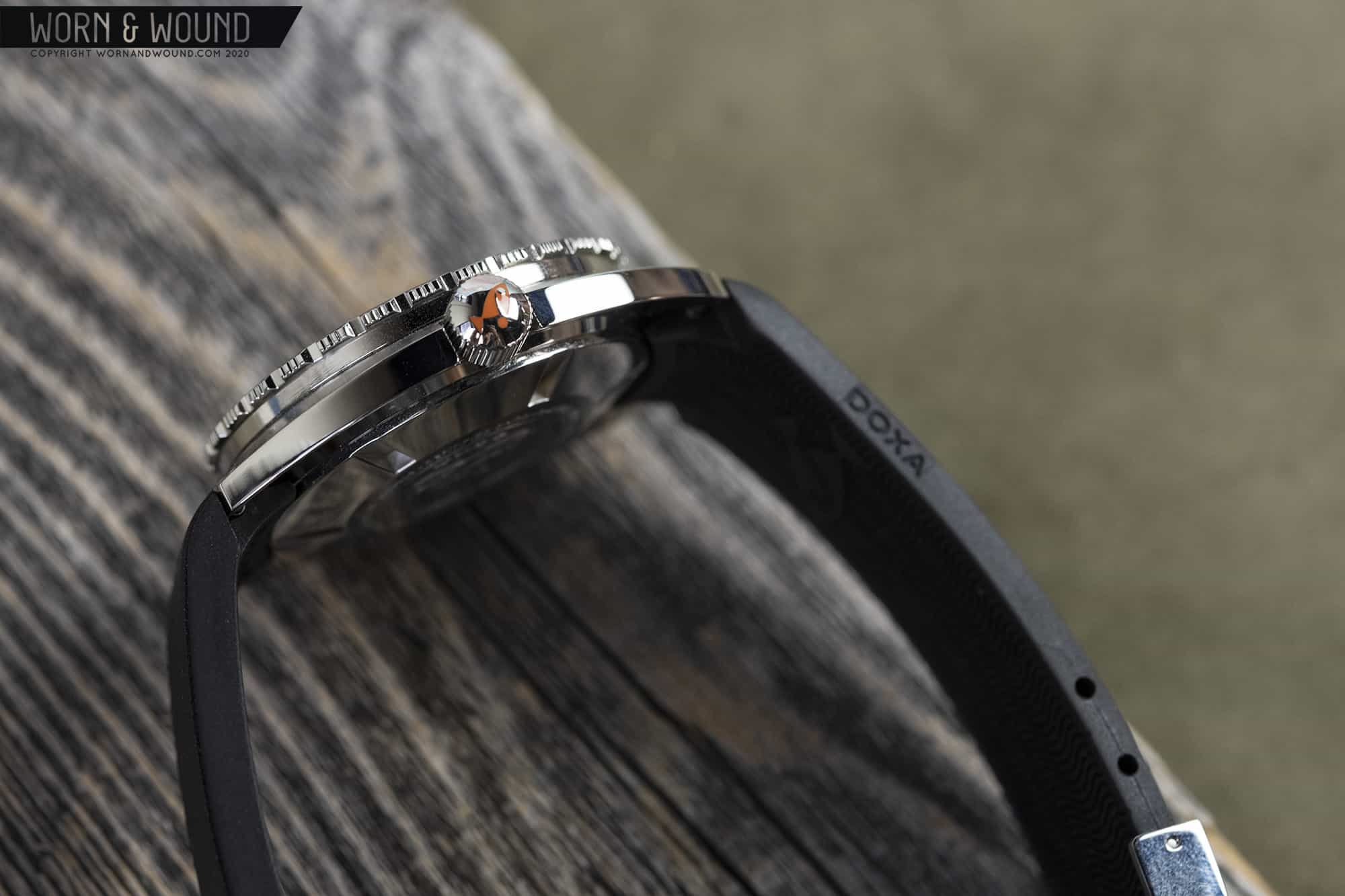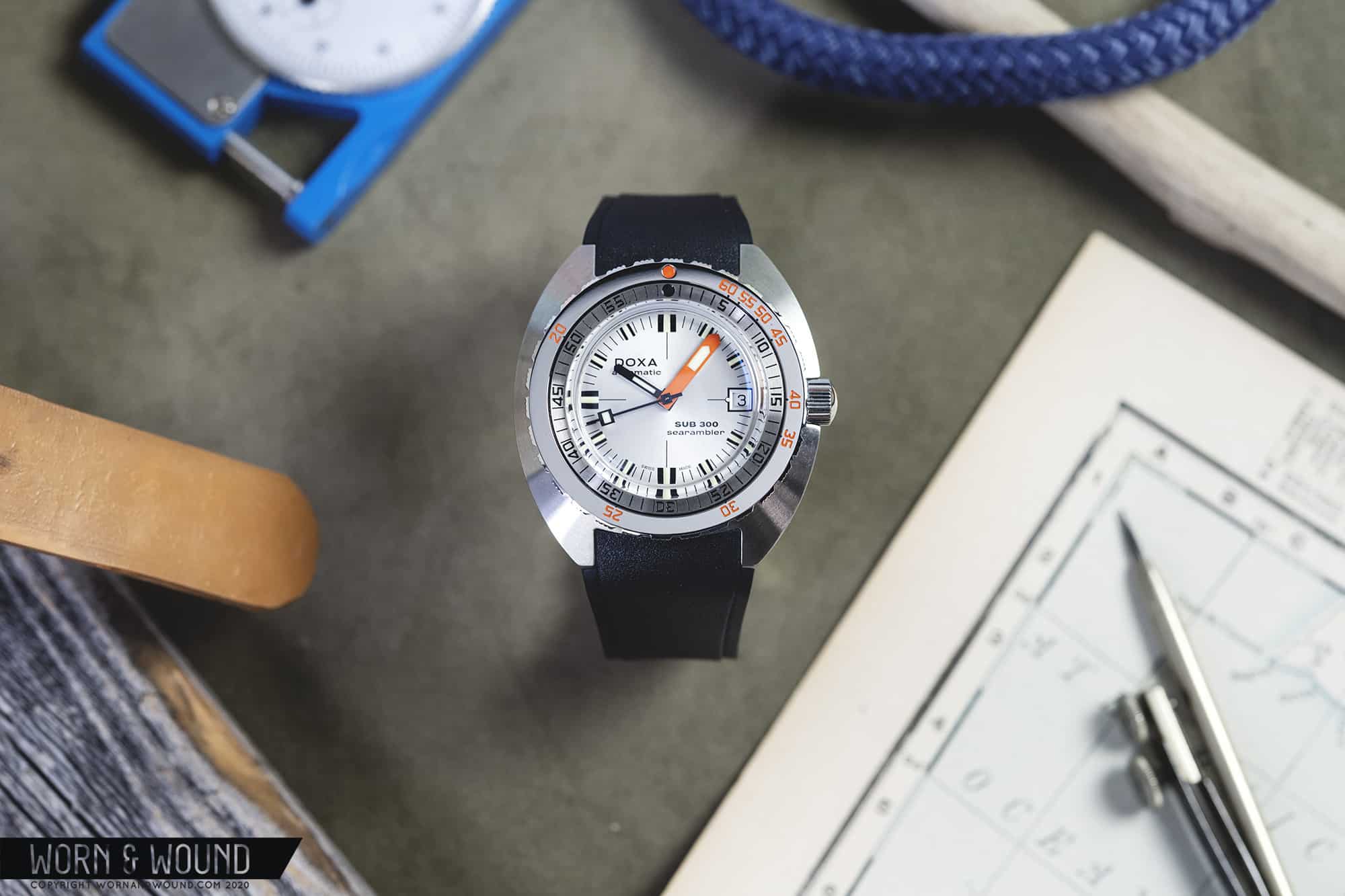We brought you news of a new Sub 300 from Doxa a few months back, a regular production variant of the once limited edition reissue from 2017. The introduction caused some consternation among the LE owners, but the consensus seemed to welcome the full time addition of such an important watch to the brand’s line up. This is the watch that put Doxa on the map, afterall. The move comes thanks to new leadership within Doxa who saw fit to bring back the most recognizable face of the brand, a welcome if not entirely shocking decision.
In the late ‘70s, Porsche introduced the 928, a car that was meant to replace the 911, as that platform had clearly hit its limits (/s). The 928 moved the engine from the rear, to the front, gained a few cylinders and even made the switch from air-cooling to water cooling (about 20 years before the 996 would bring it to the 911 family). What’s any of this got to do with Doxa? Well, the 928 never did replace the 911, obviously, and today the 911 defines the Porsche brand from a spiritual standpoint more than any other car, for any other brand. In recent years, Doxa has made a few of their own 928s. While some are fine watches, none bring the clarity of voice to the brand that the Sub 300 does. It is their north star, and its presence as a regular production model makes a great deal of sense. None of this to downplay the frustration of the LE owners out there, of course.









 Featured Videos
Featured Videos




